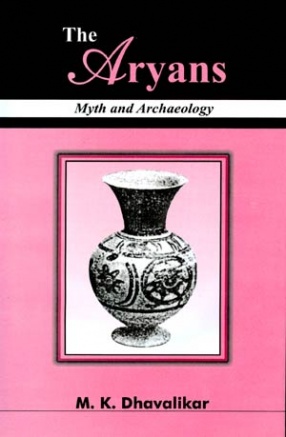Acts of Seeing, Ways of Knowing: Visual Culture in the Making of Modern India
Acts of Seeing, Ways of Knowing refracts the nineteenth and twentieth centuries history of India through reception of the first two ‘mass’ forms of visual culture, photography and posters (those with the capacity to produce multiple copies). India’s responses to a changing public world are revealed, intriguingly, through this visual-culture repertoire. Production and consumption of these material objects revolve especially around visual culture’s capacity to prompt and express identity-narratives that draw on the nexus of a dramatic expansion of consumption practices with individual efforts to construct meaning by collecting, displaying, designing, and interacting with mass-produced materials. They emerge as markers of those intending to be good, modern, citizens, who are drawn, significantly, from both middle- and lower-class/caste participants.
It is an important aspect of such interactions that these visuals begin as ‘mass-produced’ items. Paradoxically, perhaps, this means that such items though in multiples, provide new kinds of evidence, revealing how visual culture could express both collective and individual values in response to the challenges of change from the mid-nineteenth through the twentieth century. In particular, this study emphasizes ‘doing’, designed to distinguish sharply interactions between viewers and materials involving social action, from linguistic or semiotic interpretations, with such social action constituting meaning-making by those who view and consume these materials.
Get it now and save 10%
BECOME A MEMBER







Bibliographic information